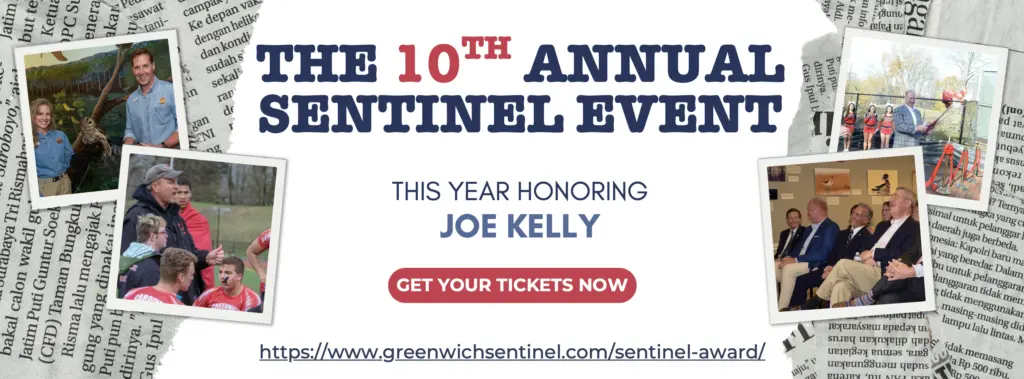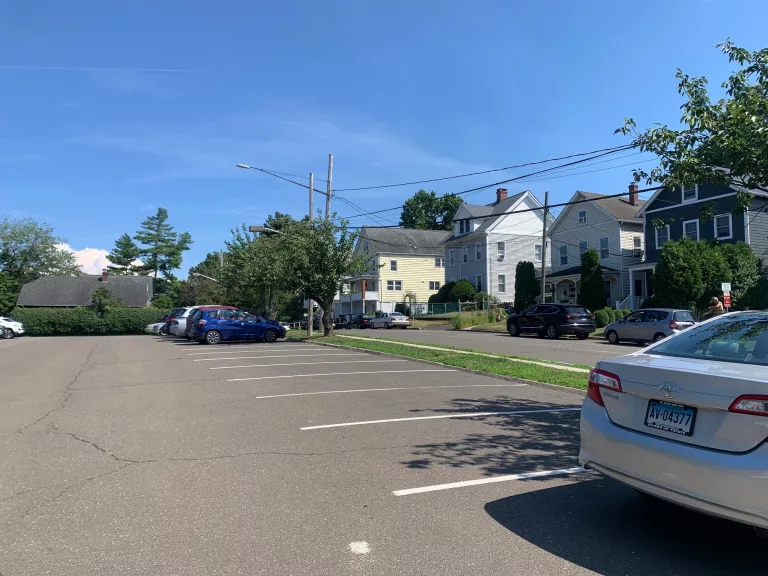A Conversation with Dr. Gregory Kramer, Town Tree Warden & Superintendent of Parks & Recreation
By Urling Searle
The Tree Conservancy sits down with Dr. Kramer who came to Greenwich in 2019 bringing with him a wealth of horticultural knowledge and experience.
How does your background influence your work and how do you divide your time and responsibilities? To my work I bring my prior experience and education but also my passion. As a horticulturalist I am intrigued by the nature of all plants, as an environmentalist by the nature of native plants and the environment, as a humanist I am intrigued with how humans interact with nature. In my early career I worked in five different Olmstead gardens and came to realize an intuitive sharing of his vision of coexistence with nature as opposed to conquering it. As tree warden I use my ecological background in making planting decisions on town properties and rights of way that have lasting ecosystem impact. By state statute I hold tree hearings with public input and decisions that must be rendered. One part of my job is more formal and legal and the other more naturalistic and environmental.
What is the most enjoyable part of your job? Certainly the more comfortable part is the ecological side as that is what I have always done. Tree hearings are new to me as Florida and New York have town regulations with specific requirements on whether a tree must stay, be transplanted, or removed and replaced with no public forum. I enjoy getting outside of my comfort zone and I learn so much from the public in the tree hearings. Which system is most effective at preserving trees? On public property it can vary by town and with regulations there is less opportunity for the public to voice their concerns. On private property regulations are effective at preserving mature trees. I am seeing a lot of construction clear cutting and it is frustrating to see that contractors don’t understand that they can save space for areas of trees. In the long run when you buy a piece of property with mature trees the value of that property is so much greater both environmentally and economically.
What do you wish property owners were aware of in caring for their trees? Trees should be evaluated every five years. It’s important to use a respected and knowledgeable tree company for pruning and feeding. Should a homeowner be notified of a hazardous tree by the town it becomes their responsibility to remove it.
We see that you have been working in town parks. What criteria do you look at in making decisions and shaping your vision? Each park has its unique ecosystem and is used differently. Many have volunteer groups. I see a nice synergy with groups in different parks. Unfortunately, the overpopulation of deer make it challenging to restore a diversity of native plants. In locations where large numbers of invasive plants are removed we plan to replant these areas with understory shrubs and trees as funding permits. In Binney-Kitchell we are planting a variety of large and understory trees to help hold stormwater. If we can address what is happening upstream, we can assist with the downstream silting problem. In Binney Park we’re planting tree species that can handle flooding and brackish water.
In your work how do you deal with pests? I always find the subject of pests interesting as, taking invasive pests out of the conversation for a moment, what is bothersome to one is not to another. As Doug Tallamy says “stand back 100 feet and it won’t be a problem”. I am not a fan of pesticide sprays as often it is best to watch and wait. The wooly adelgid early on decimated Hemlock trees. While still a threat that can kill it is now a food source for lady beetles which help to moderate its overall impact. When you have a new invasive insect you witness the early cycle decimation. My job as a plant doctor is to assess where we are within the evolution of an insect pest and come up with a plan of action. With gypsy moths you can use BT to kill the caterpillars, but it will also kill all of the native caterpillars. We are now seeing environmental viruses which kill more than 50% of gypsy moths.
What new insect pests and diseases should residents be aware of ? Spotted Lantern Fly and Beech Leaf Disease are so new we don’t understand yet what the environmental ramifications are going to be. We are removing Alanthus trees as they are invasive and host the Lantern Fly. They inhibit the growth of our successional forests by releasing poisons through their roots and leaves which stops nearby growth.. Very quickly the birds learn not to eat these brightly colored insects and their population explodes. When a lantern fly feeds on a tree that does not contain these distasteful toxins our native birds will eat them. Removing Alanthus trees will not remove the lantern fly but it will help control the population. The Beech Leaf is a developing disease and we do not yet understand how the nematodes are moving from tree to tree. It is possible they are attaching to the legs of birds that feed on beech nuts but this is not yet understood. An infected tree is estimated to die within 8 years as a tree that cannot leaf out is doomed. This is a frightening disease. Should we lose our mature beech trees there will be such an increase in sunlight that we will see an explosion of invasive species and the warming of our water systems.
What do you view as your most impactful work? Most importantly to continue to increase the diversity of tree species in town and help others understand the environmental benefits of having these trees. We will soon have a tree inventory system that will allow us to document our trees to better quantify their value and the environmental assets they provide. Residents can get to know their “neighbors” as more than just static things in the environment.
The Tree Conservancy is most grateful to be working in partnership with Town Tree Warden Dr. Gregory Kramer and thanks him for all he does to steward the Urban Forest of Greenwich.





